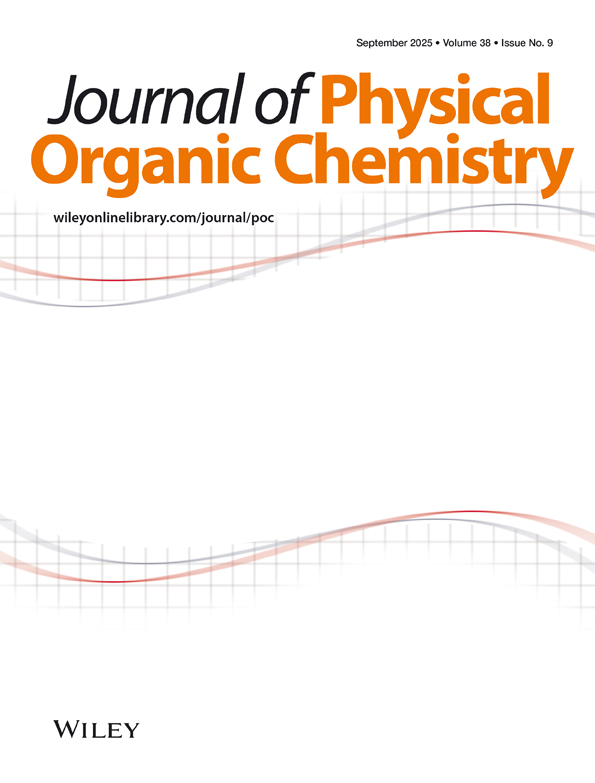Revision of the dual substituent parameter treatment using the DFT-calculated reaction energies
Abstract
The dual substituent parameter (DSP) data treatment is a broadly used procedure correlating the reaction energies or other physical quantities with two sets of substituent constants, inductive (σI) and resonance (σR). It was here revised using the most extensive sets of experimental reactivities available in the literature and two sets of reaction energies calculated at the level B3LYP/6-311+G(d,p): acidities of 4-substituted benzoic acids and 5-(E)-substituted penta-2,4-diene-(E)-acids with 19 or 15 common substituents. The latter two series enabled us to investigate the substituent effects more systematically than it was ever possible with the experimental data; this means in particular separate treatment of the undissociated acid molecules and of their anions, further separation of donor and acceptor substituents. In addition, the standard statistical treatment was improved when testing the significance of the resonance term.
The DSP treatment is not valid generally, this applies both to the standard reference series and to the series commonly investigated. At best, DSP may be considered to hold for donor substituents but the effects of acceptors are much less variable and do not depend on the constants σR nor on any other measure of resonance. The small efficiency of acceptor substituents is due by the fact that the constant functional group (COOH in the standard series) is itself an acceptor. A correct treatment would be to investigate the donor and acceptor substituents separately, donors with an acceptor functional groups, and vice versa; substituents with weak resonance effect should be not included. The popularity and apparent success of the DSP treatment can be attributed to several grounds, most important has been the unbalanced choice of substituents. Copyright © 2007 John Wiley & Sons, Ltd.




